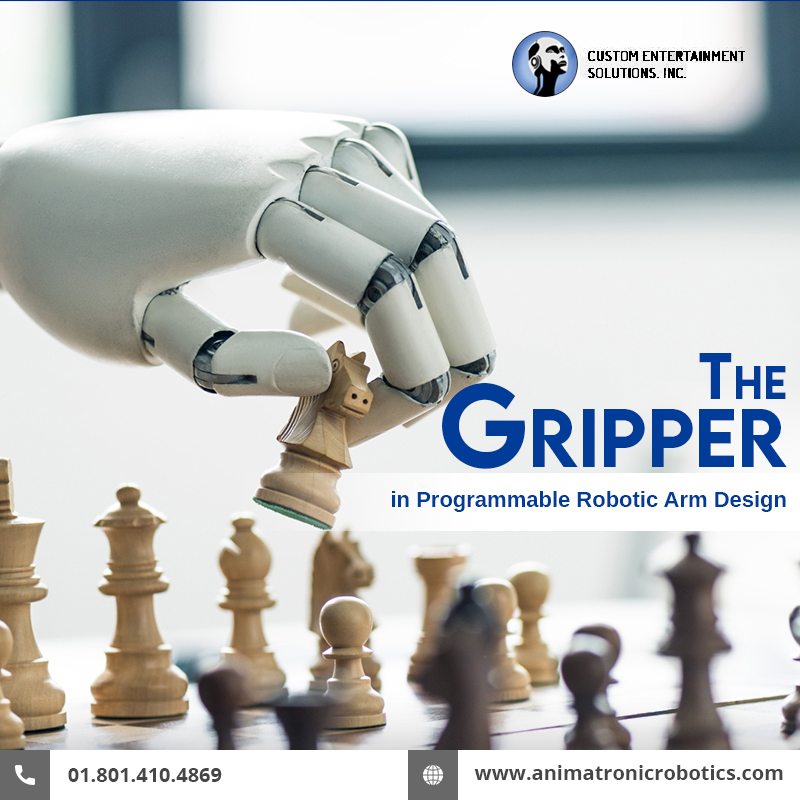
Robots that are used to manipulate and move parts typically comprise of robotic arm designs with a gripper at the end. Once the arm is moved near the object, the gripper is activated to grasp and hold it for some time.
Such grippers are pneumatic in nature. The gripper usually has a fully open position and closes with a consistent amount of force applied upon it with the air pressure. These pneumatic operations are generally limited in the amount of movement of the gripper fingers. Here, one inch is considered as an average amount. The gripper closes until the two fingers come closer and touch each other except when an object is being moved and an intermediate contact is taking place.
- An Outline of the Gripper
A gripper has a stationary and a moveable finger. The latter is controlled by a DC motor to position the finger as required. And an encoder on the shaft of the DC motor offers a feedback signal to the servo system that controls power to the motor. The system contains a serial port for delivering assembly-level commands to the servo system.
Then the output from the servo system is combined with the power supply from the DC motor with the active help of a linear analog amplifier. The motor is usually coupled for controlling the movable finger with the help of a rack and ball screw in one model and pinion and rack in another model. The gripper thus imparts greater functionality and flexibility to a robotic arm design.
- Mechanism of Improved Grippers
Due to the earnest significance of the gripper, researchers are constantly trying to improve it and bring out more innovative and functional models in the market. The gripper system here is a stand-alone unit that has its own set of controllers and a pair of fingers. Both of these are movable in the mutually opposite directions. Such improved grippers naturally enhance the dynamics of any robotic arm design.
The two moving fingers of the latest gripper designs offer increased flexibility to the entire robotic system. The controller enables the gripper unit to behave like a turnkey device and it may be controlled by the menu-driven software or other input measures.
Further, by using the remote control box, various shapes and sizes of parts can be taught to the gripper. At first, the operator inputs a part number into the system and then uses the remote controlling box to pose the gripper fingers on the object along with the desired amount of force.
Conclusion
The advanced design of the grippers provides more flexibility and capabilities to a programmable robot arm. The system can also be used for verifying the proper size of any object that has to be moved by comparing the position where the fingers stop working. This indicates the fingers’ contact with an object.
As you can see, robotics is not a generic domain but it focuses minutely on every single part of any robotic design. And all the distinct factors work towards making a wholesome design. Isn’t that really curious?
Comment below to share your thoughts. And for more assistance about the robotic arm, we are always there. To find out more please contact us or call tel:+01.385.230.7377



2020